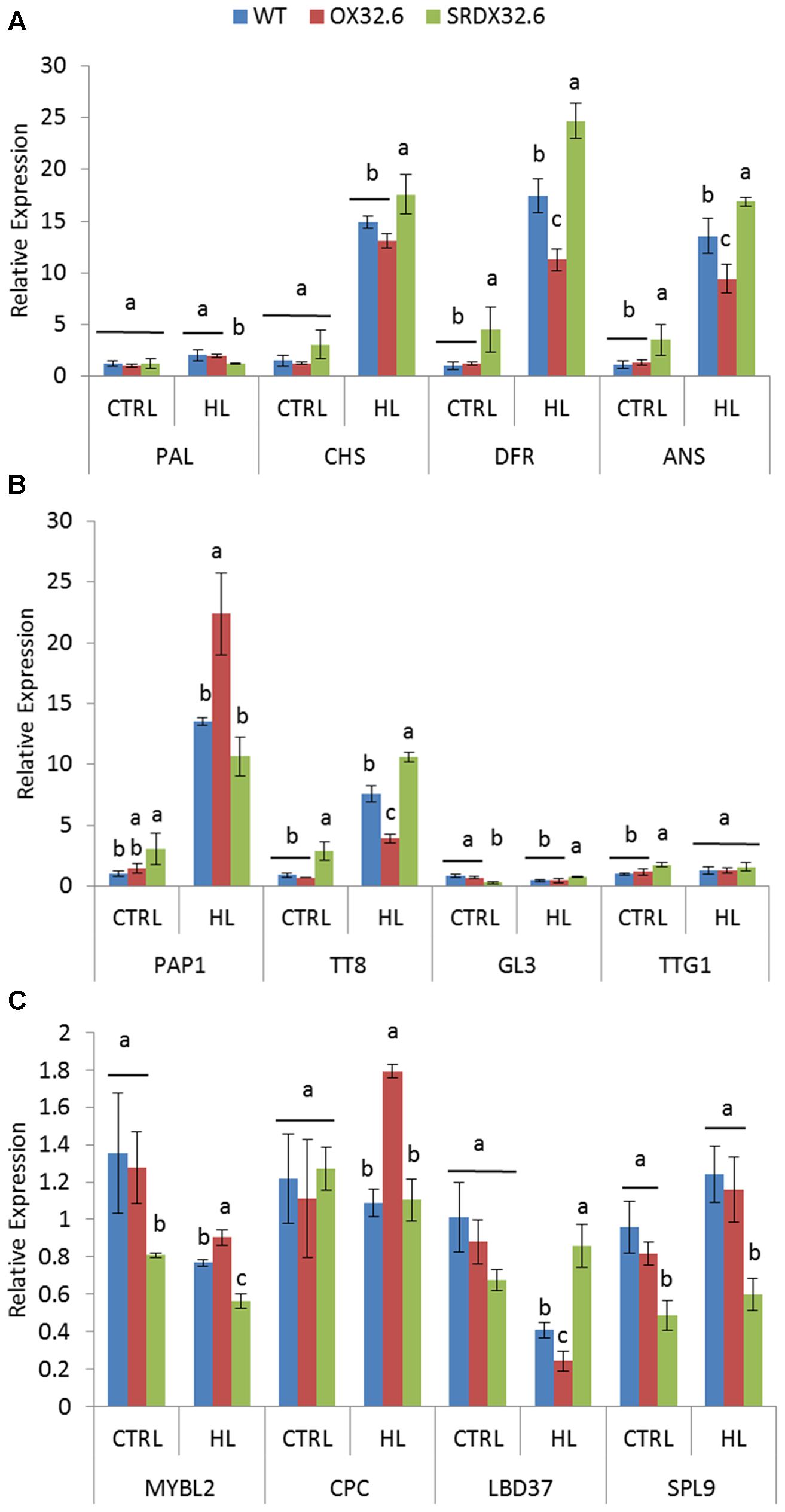

Considering the low expression levels of the four paralogs of BoFLC, we speculate that its paralogs cannot compensate the function of the lost BoFLC, therefore the presence/absence (PA) polymorphism of BoFLC determines the vernalization variation. The qPCR analysis showed that the BoFLC had the highest expression among the five members of the FLC family. In addition to the BoFLC gene, there are four other FLC homologs in the genome of B. Synteny analysis and PCR-based sequencing results revealed that compared to that of the kale parent, the candidate region of the Chinese kale parent lost a 9,325-bp fragment containing FLC homolog ( BoFLC ). Using bulked segregant analysis (BSA) and RNA-seq, we identified one major quantitative trait locus (QTL) controlling vernalization and fine-mapped it to a region spanning 80 kb. To reveal the genetics of vernalization variation, we constructed an F 2 population through crossing a Chinese kale (a non-vernalization crop) with a kale (a vernalization crop). chinensis Lei ), a stem vegetable, and therefore it has been lost during its domestication/breeding process. Vernalization is an unfavorable trait for Chinese kale ( Brassica oleracea var. Many species of the Brassicaceae family, including some Brassica crops, require vernalization to avoid pre-winter flowering. Our developed codominant marker of BoFLC gene can be used for breeding program of B. 21, 432–440 10.1016/j.sbi.2011.03.We identified the loss of BoFLC gene as the cause of non-vernalization requirement in B. Intrinsically disordered proteins: regulation and disease. Analysis of natural allelic variation at flowering time loci in the landsberg erecta and cape verde islands ecotypes of Arabidopsis thaliana. Genome-Wide insertional mutagenesis of Arabidopsis thaliana. Arabidopsis BRANCHED1 acts as an integrator of branching signals within axillary buds. Identification of specific DNA binding residues in the TCP family of transcription factors in Arabidopsis. P., Chatterjee N., Srinivasan N., Nath U. Analysis of transgenic plants expressing AtTCP7-SRDX and AtTCP23-SRDX indicate a role of these factors in the control of cell proliferation.Īrabidopsis SRDX construct TCP leaf development transcription factor.Īggarwal P., Das Gupta M., Joseph A. Volume has increased on the last day along with the. The price has fallen in 6 of the last 10 days and is down by -6.89 for this period. During the day the stock fluctuated 2.94 from a day low at 35.67 to a day high of 36.72. To circumvent the issue of genetic redundancy, dominant negative forms with SRDX repressor domain were used. The SurModics stock price gained 1.10 on the last trading day (Friday, 17th Jun 2022), rising from 35.53 to 35.92. We also determined that these factors are able to mutually interact in a yeast two-hybrid assay and regulate the expression of KNOX1 genes. We generated a pentuple mutant tcp8 tcp15 tcp21 tcp22 tcp23 and show that loss of function of these genes results in changes in leaf developmental traits. Gene redundancy is characteristic in this group, as also seen in the class II TCP genes. The similar expression pattern in young growing leaves found for this group suggests similarity in gene function. We studied a group of phylogenetically related class I TCP genes: AtTCP7, AtTCP8, AtTCP22, and AtTCP23. While the role of class II TCP genes in plant development is well known, data about the function of some class I TCP genes is lacking. This gene family is comprised of two groups, class I and class II. TCP family of plant-specific transcription factors regulates plant form through control of cell proliferation and differentiation.


 0 kommentar(er)
0 kommentar(er)
